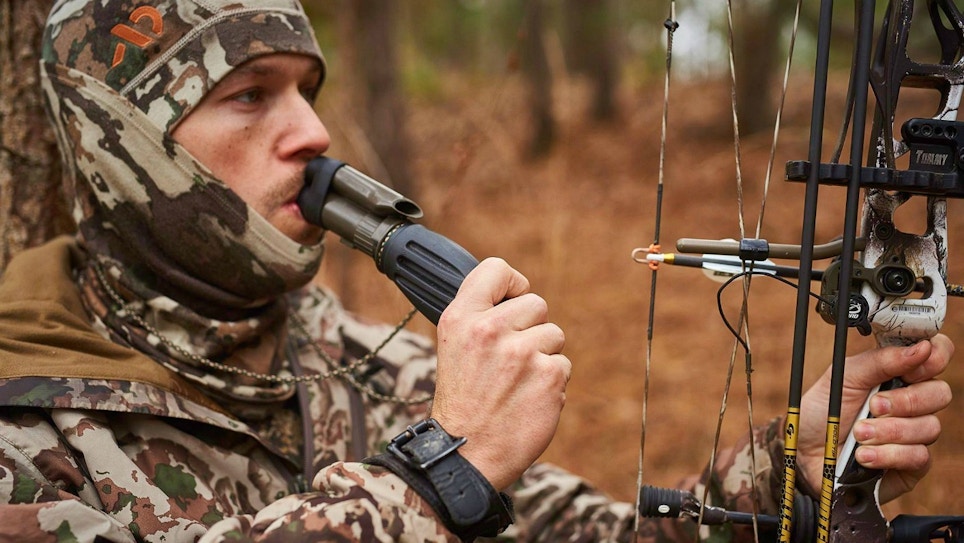God blessed me with keen ears that can sense the slightest scuffle or faintest grunt. During my 18 years of hunting, I’ve heard nearly every vocalization that makes up the whitetail deer’s vocabulary.
Deciphering each sound’s meaning, however, can be perplexing. I turned to Joe Hamilton, QDMA’s founder and senior advisor, for some insight. Here are the vocalizations and his description of each.
Alarm and Distress Calls
- Snort: “Bucks and does blow or snort in response to something that upsets them, be it a coyote, human odor or unusual movement. They often stomp a foot while snorting in an attempt to elicit a movement response from the threat. The snort and flash of the whitetail sends a flee-and-follow message to other deer in the vicinity.”
- Distress Bawl: “We heard this call during our deer-tracking exercises while using nets to capture deer. Once restrained by the net, bucks and does emitted loud distress bawls.”
Agonistic Calls
- Grunt: “This one is most often created by bucks tending does. Bucks also produce what I call a ‘gathering’ grunt when they’re trying to solicit another deer’s response.”
- Roar: “I’ve witnessed this vocalization numerous times, and I believe it’s a variation of the grunt with emphasized frustration.”
- Grunt/Snort: “This vocalization is most often exchanged from one buck to another buck.”
- Grunt/Snort-Wheeze: “Dominant bucks usually emit this as a warning for subordinate bucks to keep their distance.”
Maternal and Neonatal Calls
- Light or Soft Grunt: “Does emit this to stay in contact with their fawn(s). The fawns will respond to this call by coming to the doe and nursing.”
- Fawn Mew: “While nursing — you must be very close in order to hear it — fawns will emit a mew.”
- Fawn Bleat: “A fawn will bleat to solicit care from its mother. It will also emit this in response to distress.”
Final Notes
One whitetail vocalization I’ve heard that Hamilton didn’t mention is the estrous bleat. Does emit this call when they’re in estrous, and I witnessed it for the first time in North Dakota during the second breeding cycle in mid-December back in 2007.
Deer vocalizations interest me. More interesting, though, is the meaning behind the vocalizations. And from a hunting and calling standpoint, it certainly helps to understand them.






